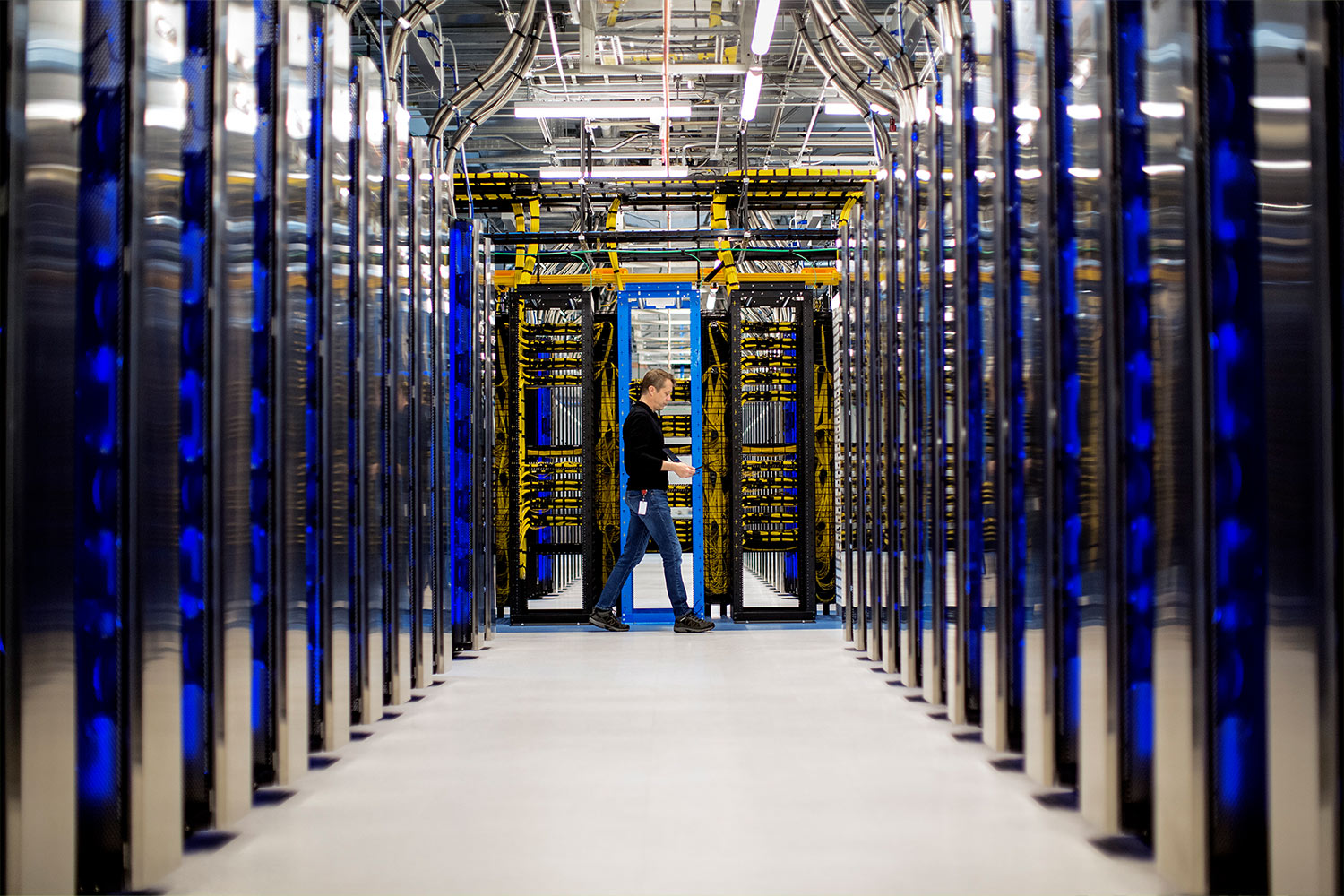Google and Microsoft are two of the world’s largest cloud-focused companies, always competing for more customers in the enterprise space; the two companies agree on the need to radically change the environmental impact of ever-growing data centers.
Google recently announced that it has entered into a power purchase agreement (PPA) with Engie, a French-based utility company, to acquire 12-year 100 MW of renewable energy from an offshore wind farm in Scotland. According to Matt Brittin, Head of Google EMEA, the UK, and Europe are increasingly concerned about climate change and energy resources. In this context, Google also has this common concern and plans to be 90 percent carbon neutral in Europe by 2025. Google previously made a deal with SoftBank/SB Energy to buy 900 MW of solar power for its data center in Texas.
“Energy use by leading tech firms is relatively minor compared with their economic, financial, and even social footprint,” write George Kamiya and Laszlo Varro in an IEA report. “Yet, it is precise because of that massive financial footprint, combined with their enormous cultural and scientific influence, that these companies have such a potentially huge role to play in tackling the climate challenge.”
Microsoft’s advocacy for clean energy begins within the company. Microsoft will transition to a 100% renewable energy supply by 2025, which means the company will have green energy PPAs for 100% of the carbon-emitting electricity consumed by all of its data centers, buildings, and campuses.
Microsoft has committed to removing from the environment by 2050 all of the carbon it has emitted, either directly or through electrical consumption, since its inception in 1975. Datacenters can play a role in achieving these objectives.
According to Chris Welsch, In Finland, waste heat from two new data centers will contribute to the district heating system, which heats over 250,000 people during the winter. The Microsoft data center region in Sweden uses rainwater and outside air to cool servers, while the heat they generate keeps employee work areas warm. Microsoft is also testing batteries to replace diesel generators as backup systems in Sweden.
Also, IEA report states, work in digitalization, artificial intelligence and information systems that could be potential game-changers in creating the smarter, more flexible energy systems needed to get to net-zero emissions.” The Internet of things and artificial intelligence could help us create energy efficiency in various sectors. AI and machine learning can be used for analysis, local forecasting, and capturing more energy.























Leave a comment